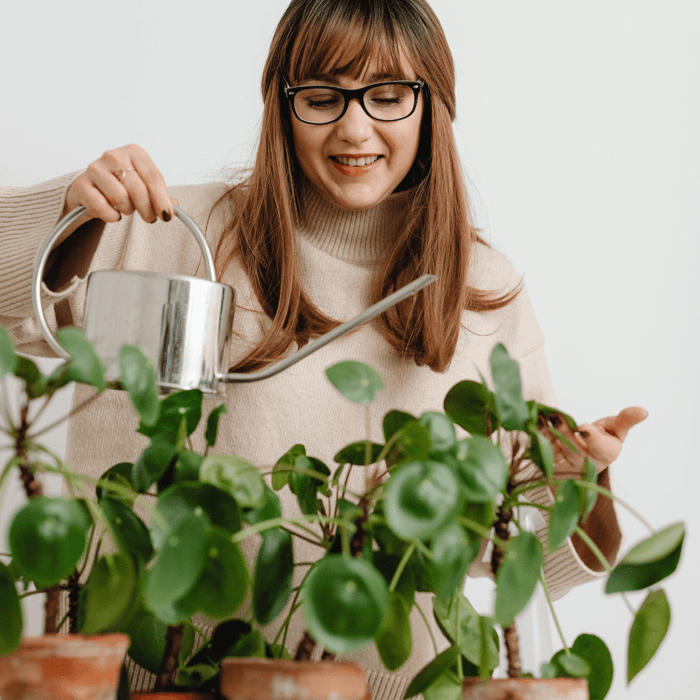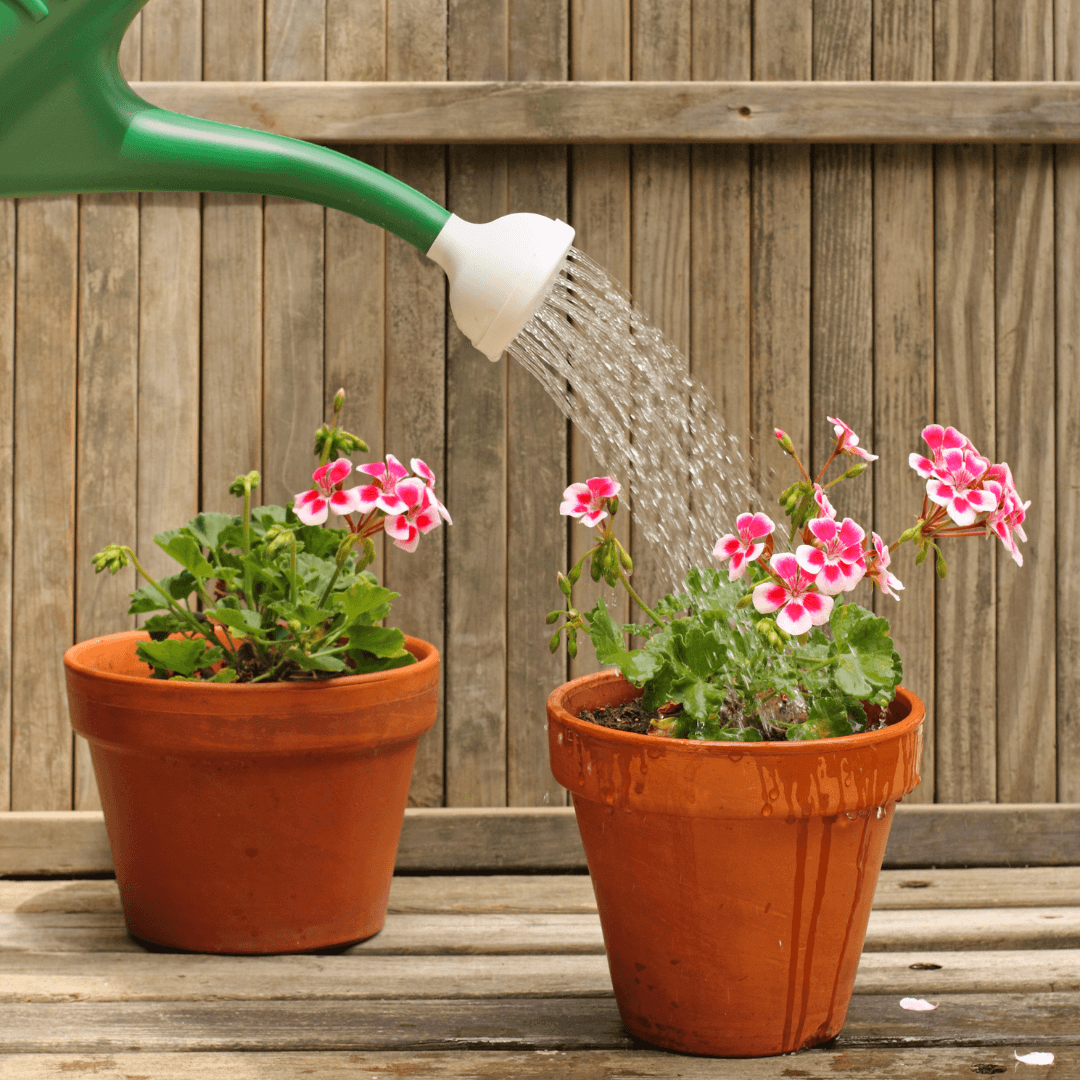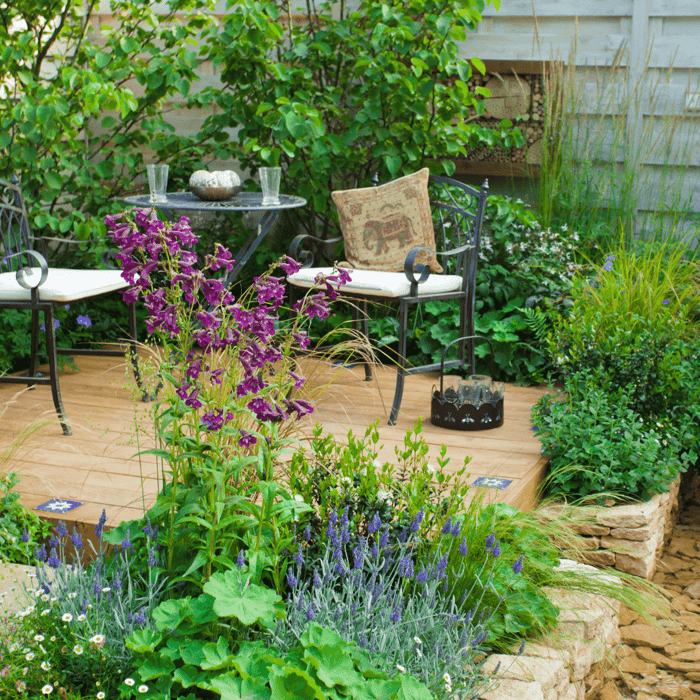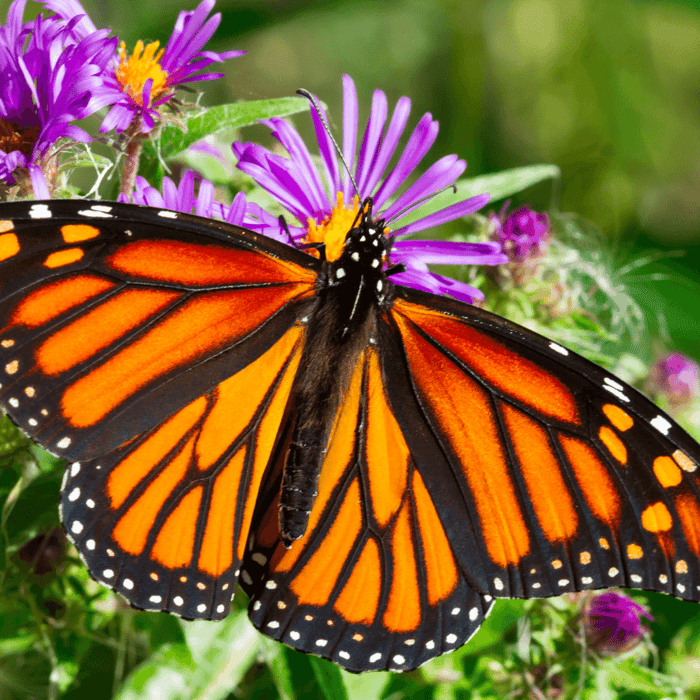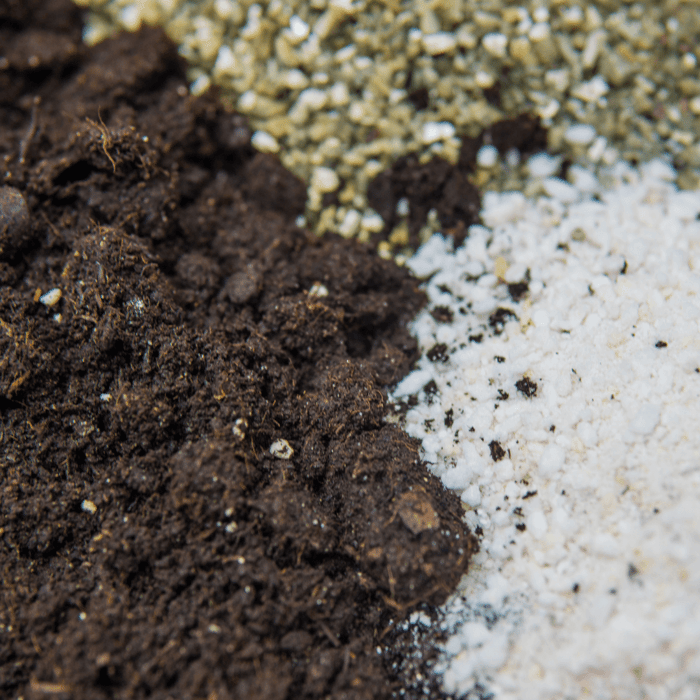Gardening in pots can be a rewarding experience, offering flexibility and convenience that garden beds might not provide. However, watering plants in pots requires special attention to ensure they receive enough water for optimal growth. This comprehensive guide will cover everything you need to know about how to water plants in pots, with easy-to-follow instructions and expert advice.
Table of Contents
- Understanding the Importance of Proper Watering
- Knowing When to Water Your Potted Plants
- Selecting the Best Potting Soil and Mixes
- The Role of Drainage Holes in Watering
- How to Properly Water Your Plants
- Watering Techniques for Different Types of Pots
- Monitoring Soil Moisture
- Watering Potted Plants on Hot Summer Days
- Avoiding Common Watering Mistakes
- Additional Watering Tips for Garden Plants in Pots
1. Understanding the Importance of Proper Watering
Water is essential for all living things, including plants. Proper watering helps plants:
-
Absorb water: Plants need water to absorb crucial nutrients from the soil and transport them to their cells. This process, called osmosis, is fundamental to plant growth and development. Water is also essential for maintaining the plant's turgidity, which helps it to stand upright and resist wilting.
-
Soil moisture: Maintain adequate soil moisture to support root growth, photosynthesis, and other crucial plant functions. Without proper moisture, plants struggle to perform these vital tasks. Sufficient soil moisture also helps prevent soil compaction, which can inhibit root growth and reduce the plant's overall health.
Proper watering is about the amount of water provided to the plants and the frequency and consistency of watering. By understanding your plants' specific watering requirements, you can create an environment that supports their health and vitality.
2. Knowing When to Water Your Potted Plants
Determining the right time to water your potted plants is critical for their health. Keep these factors in mind:
-
Soil dries: Water when the top inch of the soil feels dry to the touch. Consistently dry soil can lead to plant dehydration, while overly wet soil may cause root rot. Since potted plants have a limited amount of soil, they tend to dry out more quickly than plants in the ground. As a result, it's essential to monitor the soil moisture frequently to avoid dehydration.
-
Plant type: Different plants have varying water requirements. Research your plant's needs to ensure they receive the correct amount of water. For example, succulents and cacti typically require less water than tropical plants or vegetables. Familiarize yourself with the water requirements of each plant species in your garden to maintain optimal health.
-
Weather: Plants may need more frequent watering in hot, dry weather. Conversely, reduce the watering frequency during cool, damp periods to prevent overwatering. Climate and weather conditions can significantly impact your plants' watering needs. Be prepared to adjust your watering schedule to accommodate changes in temperature and humidity.
3. Selecting the Best Potting Soil and Mixes
Choosing the right potting soil and mixes can significantly affect your plant's ability to absorb water and nutrients. Look for:
-
High-quality potting soil: Select a well-draining, nutrient-rich potting soil. This soil type will enable your plants to absorb water and essential nutrients more effectively. Quality potting soils often contain organic matter, such as compost or aged bark, which helps to improve soil structure and promote healthy root growth.
-
Potting mixes: Combine potting soil with perlite, vermiculite, or coconut coir to improve drainage and moisture retention. These materials can help create a more suitable environment for your plant's roots. Customizing your potting mix based on your plants' needs can further enhance their ability to absorb water and nutrients.
It's essential to refresh your potting mix periodically, as it can become compacted and lose its ability to retain moisture and nutrients over time. Replacing the potting mix when repotting or adding the fresh mix to the top layer of soil can help maintain a healthy growing environment for your plants.
4. The Role of Drainage Holes in Watering
Drainage holes play a vital role in preventing overwatering and root rot. They allow excess water to:
-
Drain out: Excess water can flow out of the bottom of the pot, preventing waterlogged soil. Proper drainage is crucial for maintaining healthy root systems and preventing the onset of diseases like root rot. Ensuring your pots have adequate drainage holes can help to create a healthier environment for your plants and reduce the risk of overwatering.
-
Promote air circulation: Drainage holes help maintain a healthy balance of air and moisture around the plant's roots. Adequate air circulation is essential for root respiration and overall plant health. Poorly drained pots can lead to oxygen-starved roots, which can cause stunted growth and other issues.
When selecting a pot for your plants, always choose one with drainage holes or be prepared to create your own. If you're concerned about water draining onto surfaces, consider placing a saucer or tray beneath the pot to catch any excess water.
5. How to Properly Water Your Plants
Proper watering techniques are essential for maintaining healthy potted plants. Follow these steps to ensure your plants receive the right amount of water:
-
Water the soil: Direct water to the soil, rather than the foliage, to prevent the spread of diseases and encourage the roots to grow deeper. Wet foliage can create an environment that promotes the growth of mold, mildew, and other plant diseases. Focusing your watering efforts on the soil helps to keep your plants healthy and robust.
-
Water until it drains: Apply enough water to flow out of the drainage hole at the bottom of the pot. This ensures that water reaches the entire root zone. Thoroughly saturating the root zone helps to ensure that all roots have access to water and nutrients, promoting even growth and reducing the risk of root-bound plants.
-
Avoid water running: Allow the water to slowly penetrate the soil without running off the surface. Slow watering promotes better absorption and prevents soil erosion. Using a watering can with a narrow spout or a hose nozzle with a gentle spray setting can help control the water flow and reduce runoff.
6. Watering Techniques for Different Types of Pots
Your pot type can impact how quickly your plants dry out and when they need to be watered. Keep the following tips in mind for different types of pots:
- Terracotta pots dry out more quickly due to their porous nature. Water more frequently to maintain proper soil moisture. Terracotta pots can also help prevent overwatering, allowing excess moisture to evaporate through their porous walls. However, you must be more vigilant about checking soil moisture and providing water as needed.
-
Plastic pots retain moisture longer than terracotta pots, so be cautious not to overwater. Monitor the soil moisture to avoid waterlogging. Since plastic pots don't allow for evaporation through the pot walls, it's essential to ensure that the drainage holes are not blocked and that excess water can easily escape.
-
Self-watering pots: These pots have a reservoir at the bottom that slowly releases water into the soil. Check the water level regularly and refill as needed. Self-watering pots can be an excellent solution for gardeners who struggle to maintain consistent watering schedules or travel frequently. However, it's still crucial to monitor soil moisture to ensure the plants receive the proper amount of water.
7. Monitoring Soil Moisture
Regularly checking the moisture level of your potting soil is essential for determining when it's time to water your plants. Here are some ways to monitor soil moisture:
-
Finger test: Insert your finger about an inch into the soil. If it feels dry, it's time to water. If it feels damp, wait a day or two before checking again. The finger test is a simple and effective way to assess the moisture level in your pots, ensuring that you don't over- or underwater your plants.
-
Soil moisture meter: Use a soil moisture meter to get a more accurate reading of your potting soil's moisture level. These devices typically have a probe that you insert into the soil to measure the moisture content. Soil moisture meters can provide a more precise measurement of soil moisture, helping you to better tailor your watering schedule to your plants' needs.
-
Visual cues: Pay attention to your plants' appearance for signs of water stress. Wilting, yellowing leaves, or a general lack of vigor can indicate that your plants are not receiving adequate water. By regularly inspecting your plants and monitoring their health, you can quickly identify and address any watering issues.
8. Watering Potted Plants on Hot Summer Days
Potted plants may require additional care and attention during hot summer days to stay hydrated. Keep the following tips in mind:
-
Water early or late: Water your plants early or late in the evening to minimize water loss due to evaporation. Watering during the cooler parts of the day allows the water to better penetrate the soil and be absorbed by the roots before evaporating.
-
Mulch: Add a layer of mulch to the top of the potting soil to help retain moisture and keep the soil temperature more consistent. Mulching can significantly reduce the evaporation rate, conserving water and helping maintain consistent soil moisture levels.
-
Move pots: If possible, move your potted plants to a shadier location during the hottest part of the day to reduce heat stress and water loss. Providing temporary shade can help to protect your plants from the intense heat and minimize the risk of dehydration.
9. Avoiding Common Watering Mistakes
Avoiding common watering mistakes can significantly improve the health and vitality of your potted plants. Some mistakes to avoid include the following:
- Overwatering: Overwatering can lead to waterlogged soil and root rot. Always check the soil moisture before watering and allow the top inch of soil to dry out between waterings. Overwatering can be just as harmful to plants as underwatering, so striking the right balance is essential.
-
Underwatering: Underwatering can cause plants to become dehydrated, leading to wilting and stunted growth. Ensure you provide enough water to reach the root zone and monitor soil moisture regularly.
-
Inconsistent watering: Erratic watering schedules can stress plants and negatively impact their growth. Develop a consistent watering routine based on your plant's needs and the current weather conditions.
-
Using cold water: Sudden temperature changes can shock your plants. Use room-temperature water when watering your potted plants to avoid causing unnecessary stress.
10. Additional Watering Tips for How to Water Plants in Pots
To further enhance your potted plant watering techniques, consider these additional tips:
-
Group plants: Grouping plants with similar water needs can make it easier to manage their watering schedules and reduce the risk of overwatering or underwatering.
-
Elevate pots: Place pots on pot feet, bricks, or a small platform to allow excess water to drain more efficiently and prevent the bottom of the pot from sitting in standing water. Elevating your pots can also promote better air circulation around the pot's base, which can help reduce the risk of diseases and pests.
-
Monitor plant health: Regularly inspect your plants for signs of water stress, such as wilting or yellowing leaves. Adjust your watering practices as needed to address any issues and maintain the overall health of your plants.
By following this in-depth guide on watering plants in pots, you can ensure your potted plants receive the proper care they need to thrive. Pay close attention to soil moisture, pot type, and plant species to create a tailored watering routine that promotes healthy growth and development.



